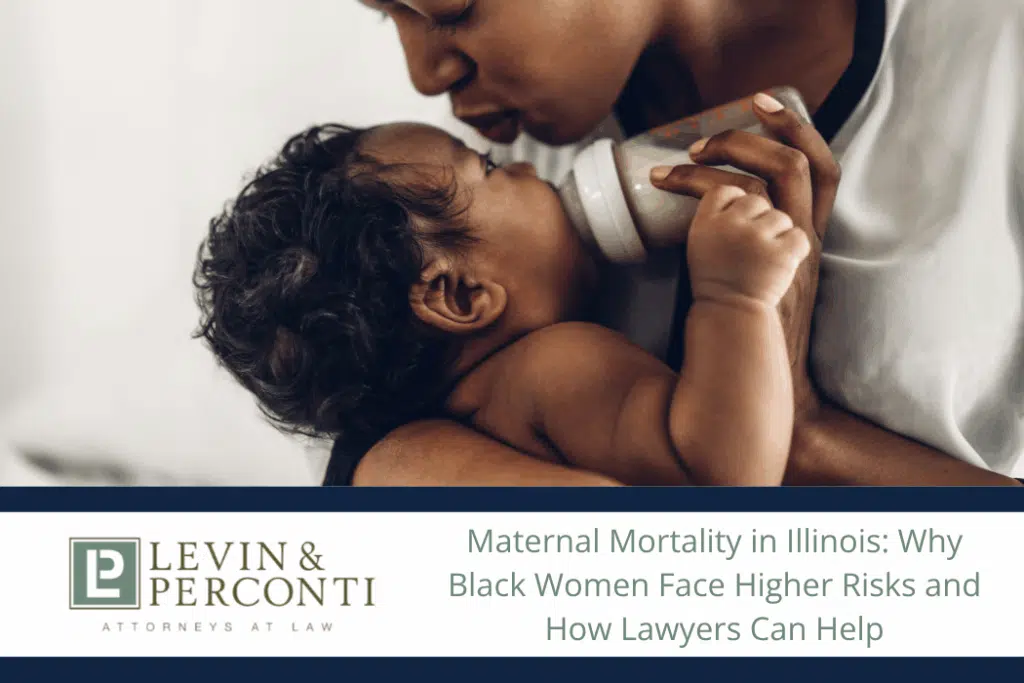
Read Bio
Since 1979, Dov Apfel has been passionate about advocating for birth injury and medical malpractice victims. Mr. Apfel’s career-long record of achievements in birth injury litigation, education, and advocacy has been recognized by the Executive Board of the Birth Trauma Litigation Group of the American Association for Justice. His expertise is demonstrated by his numerous awards, presentations on birth injury topics at legal conferences for organizations like the AAJ and ATLA, and articles published by Trial Magazine and many others.
Read Bio
Since 1979, Dov Apfel has been passionate about advocating for birth injury and medical malpractice victims. Mr. Apfel’s career-long record of achievements in birth injury litigation, education, and advocacy has been recognized by the Executive Board of the Birth Trauma Litigation Group of the American Association for Justice. His expertise is demonstrated by his numerous awards, presentations on birth injury topics at legal conferences for organizations like the AAJ and ATLA, and articles published by Trial Magazine and many others.
The maternal forces defense is a common defense used by doctors and hospitals in medical malpractice lawsuits involving Erb’s Palsy. According to the maternal forces defense, injury that results in loss of development of a limb is caused by natural forces that occur as a part of labor, not due to negligence of medical staff.
Erb’s Palsy
Erb’s Palsy is a brachial plexus injury. The brachial plexus nerves are located at the upper part of the arm near the shoulder. Brachial plexus injuries are incredibly common during vaginal birth when the shoulder of the infant is unable to pass and must be manipulated by the obstetrician. Likelihood of verdicts for the plaintiffs in these cases are extremely high as plaintiffs’ attorneys argue that the only way in which the injury could have occurred was the obstetrician or other medical professional applying too much downward traction to the arm during manipulation. Plaintiff’s attorneys couple this argument with also alleging that medical professionals were aware of this complication yet took no actions to avoid it or fix the underlying issue.
Maternal Forces Defense
In several states, including Illinois, courts permit defendants to call experts at trial who then testify that maternal forces of labor could have caused the injuries. In fact, in Illinois, there are multiple verdicts for the defense in which the main defense theory is the maternal forces defense. A Texas court in Taber v. Roush articulated the reasoning behind permitting the maternal forces defense and expert testimony related to that defense, stating that:
- It is not possible to conduct a study on the possibility or effect of maternal forces on birth injuries due to ethical considerations as this would subject mothers and children to potential injury.
- The court’s job is not to make medical determinations but rather to evaluate the analysis used by the expert to reach his or her conclusion on maternal forces.
However, there is a growing trend among jurisdictions nationwide to preclude the maternal forces defense. In Muhammad v. Fitzpatrick, the plaintiff filed a pre-trial motion to preclude the defendants’ experts from testifying that the injuries were caused by the birthing process. The judge granted this motion, prohibiting the defense from using the maternal forces defense at trial.
Justice Walker came to his decision after conducting the Frye test. Frye v. United States is a federal case that involves admissibility of evidence but is adopted by numerous states nationwide. In a response to a motion to preclude a defense, the defendant must successfully argue that his or her theory passes the Frye test and is therefore admissible.
The defendant in Muhammad failed to prove that the maternal forces theory passed the Frye test. Justice Walker stated that the maternal forces theory had little scientific backing as there were only a few articles written by the same authors, all of whom based their opinions on the writings of each other.
If your child has suffered a brachial plexus injury at the hands of a negligent doctor, please don’t hesitate to contact Levin & Perconti. Levin & Perconti is there to zealously represent you against maternal forces defenses and provide you access to justice.





